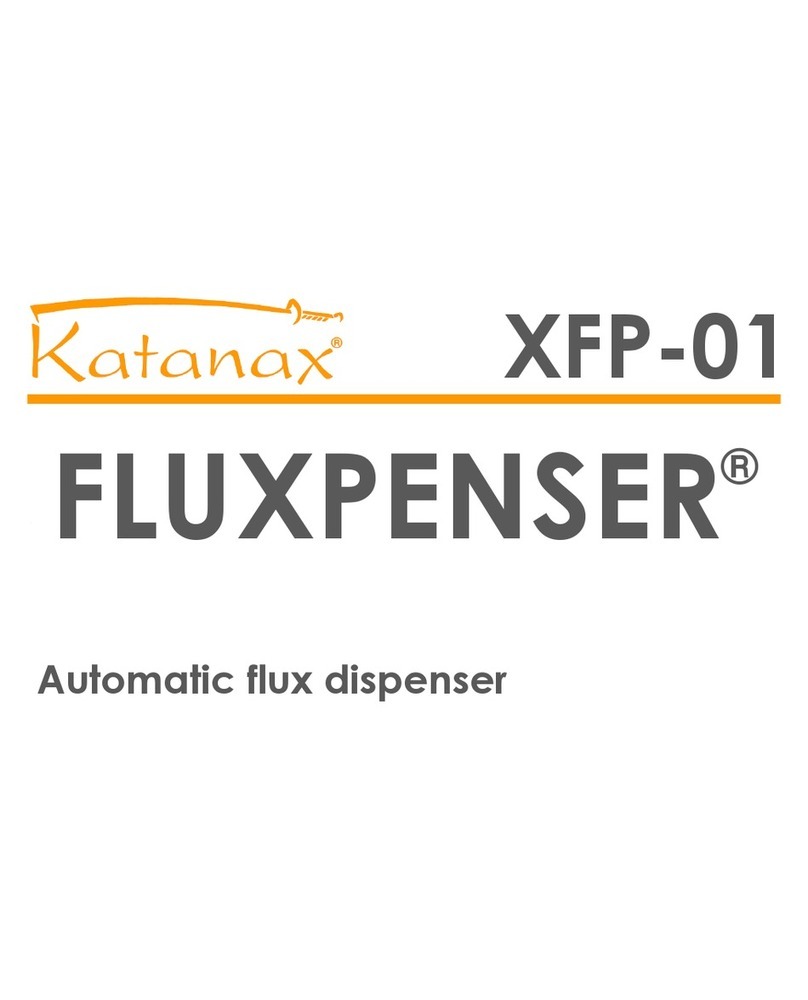
Index
Index ...............................................................................................2
Installation......................................................................................4
Box contents ............................................................................................ 4
Location................................................................................................... 4
Leveling ................................................................................................... 5
Connection............................................................................................... 5
Compatibility with the older K1 model ....................................................... 5
Questions ?.............................................................................................. 5
Introduction....................................................................................6
The fusion theory ..................................................................................... 6
Automatic fluxers ..................................................................................... 6
The K1 Prime fluxer.................................................................................. 7
Main features of the Katanax K1 Prime.................................................... 10
Precautions ...................................................................................12
High temperature................................................................................... 12
High voltage........................................................................................... 12
Acid spills............................................................................................... 12
Heavy instrument................................................................................... 12
Crucible locking ...................................................................................... 12
How the unit works ......................................................................13
Heating.................................................................................................. 13
Agitation and pouring of the melt ............................................................ 13
Cooling .................................................................................................. 13
Solution agitation ................................................................................... 13
Using the K1 Prime (basic) ..........................................................15
The main running screen ........................................................................ 15
During a fusion....................................................................................... 17
The right ingredients .............................................................................. 18
Care of the elements .............................................................................. 21
Crucible installation ................................................................................ 22
Mold installation ..................................................................................... 22
A general fusion ..................................................................................... 22
Making solutions..................................................................................... 23
Description of the fusion steps ................................................................ 24
Programming the K1 Prime (advanced)......................................27
Viewing the fusion parameters ................................................................ 27
Unlocking the advanced mode ................................................................ 31
Managing fusion methods ....................................................................... 31
Preparing a fusion program..................................................................... 32
Heating steps ......................................................................................... 32
Pouring step........................................................................................... 33
Cooling steps ......................................................................................... 34




























